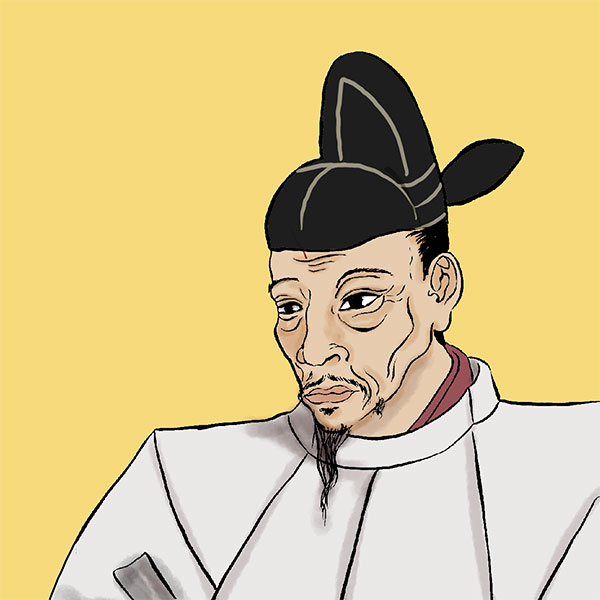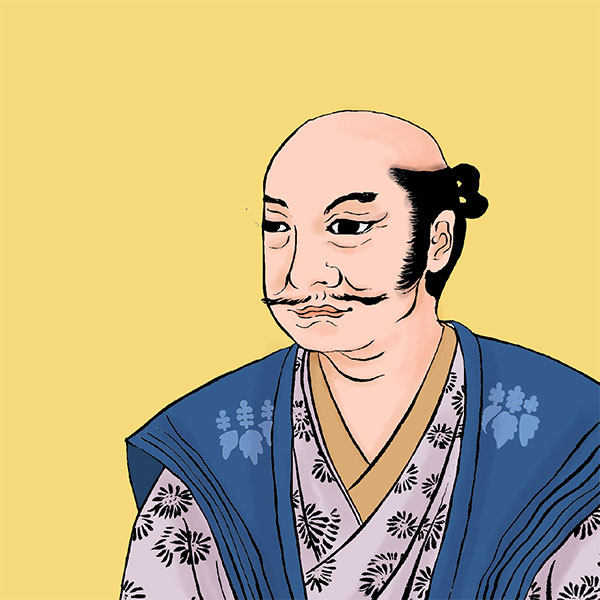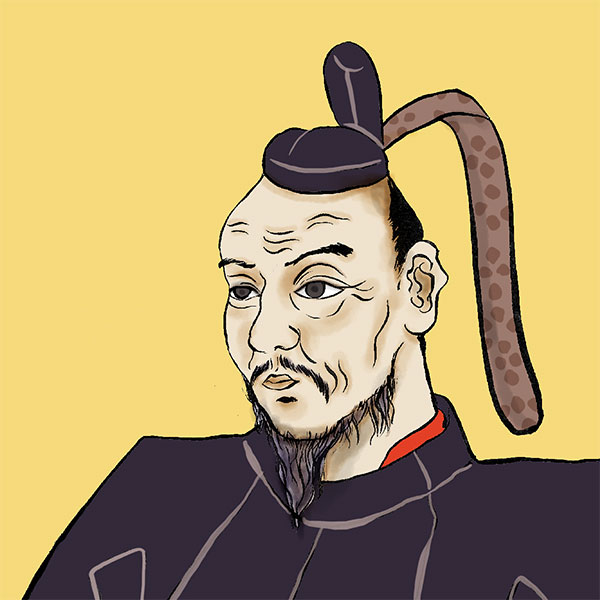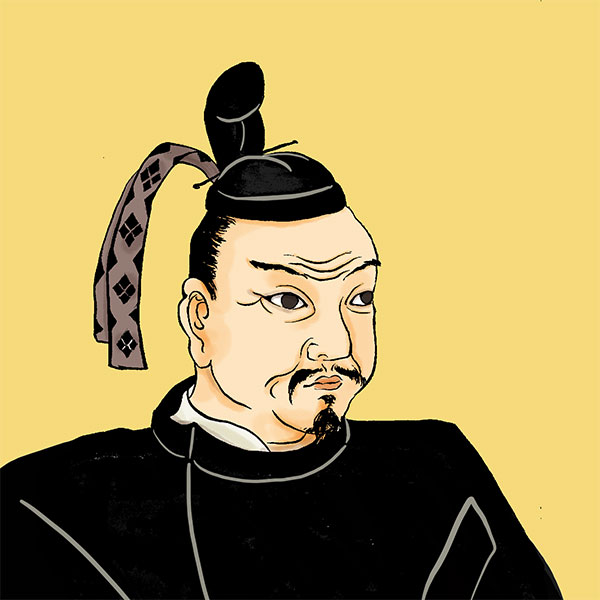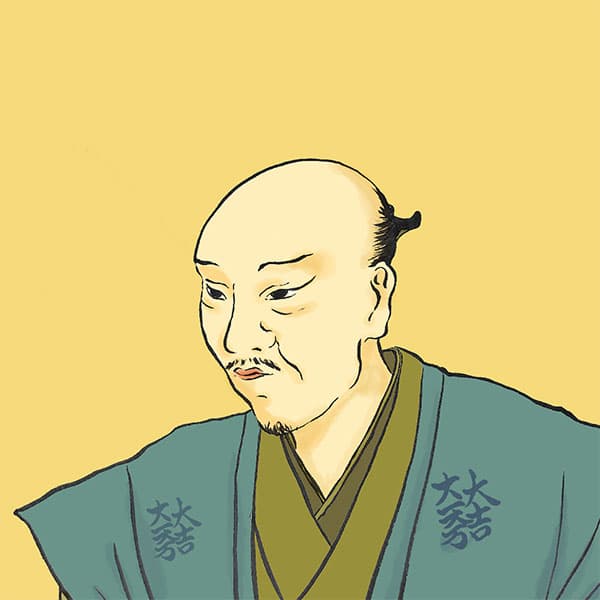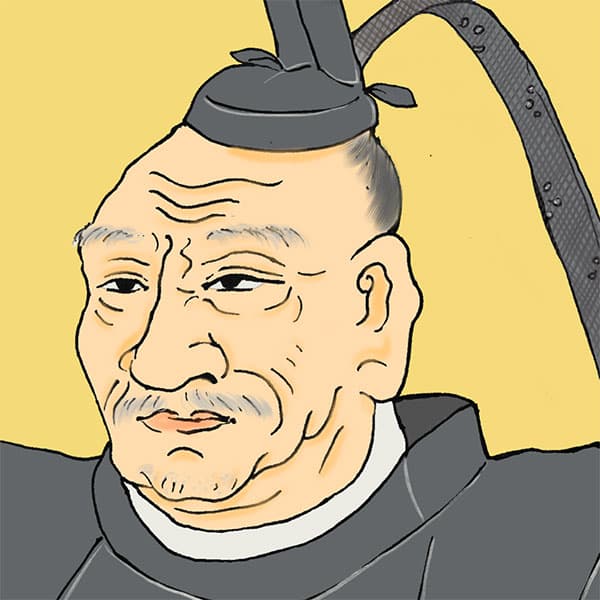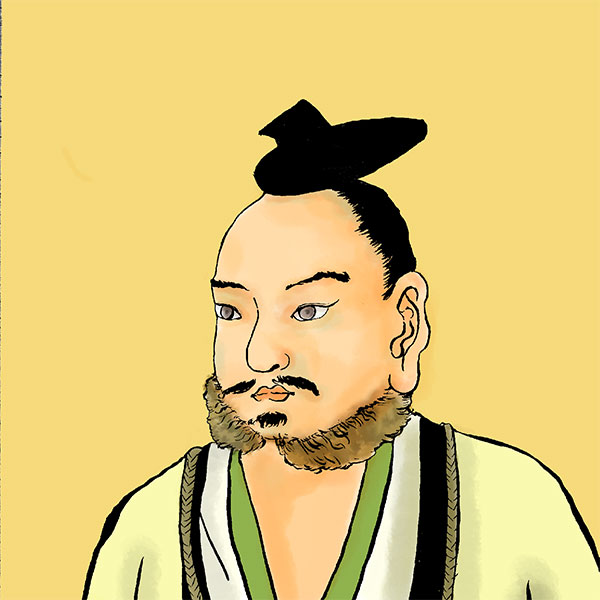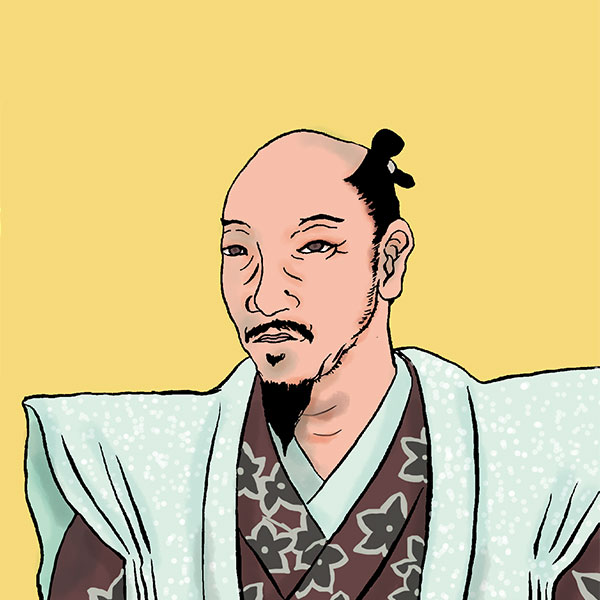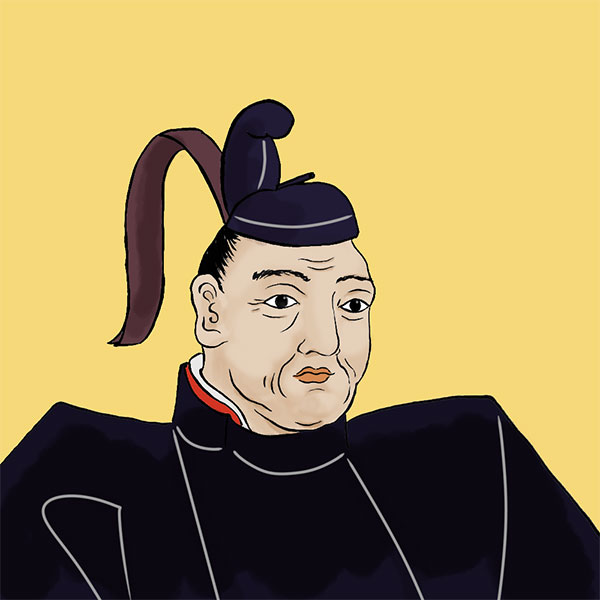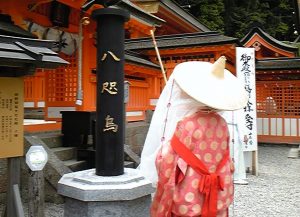Bunroku no Yaku (1/2)Hideyoshi's dispatch of troops to Korea, Part 1
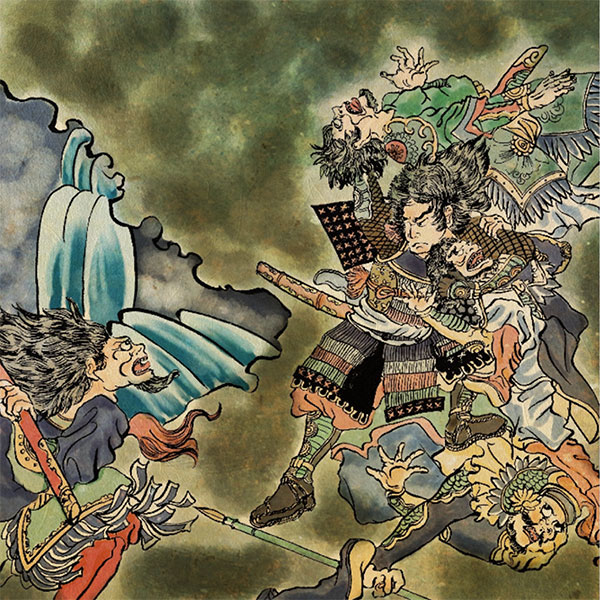
Bunroku role
- Article category
- case file
- Incident name
- Bunroku no Yaku (1592-1593)
- place
- Saga Prefecture
- Related castles, temples and shrines

Nagoya Castle

Kumamoto Castle
- people involved
Toyotomi Hideyoshi succeeded Oda Nobunaga and destroyed the Hojo clan in the Odawara conquest in 1590, achieving unification of the country. Next is overseas! He aimed to conquer China (the Ming dynasty at the time) and sent troops to Korea (Yi Dynasty Joseon) as a foothold. This was the ``Bunroku no Eki'' from Tensho 20 (1592) to Bunroku 2 (1593), and Keicho 2 (1597) to the following year 3 (1598), which continued until Hideyoshi's death. Keicho no Yaku”. The dispatch of troops to Korea is often referred to as the ``Bunroku and Keicho campaigns'', but this time we will explain the first half of the ``Bunroku campaign'', including why Hideyoshi planned a war of invasion overseas. I will explain it easily.
What is the role of Bunroku? Why did the name change all the time?
``Bunroku no Eki'' is an international war in which Toyotomi Hideyoshi, who became a feudal lord, attacked Yi Dynasty Korea (present-day North Korea and South Korea) from 1592 to 1593. Three countries were involved in this, as troops were dispatched to Korea, which was a vassal state of Ming, to attack Ming. For this reason, the name of the war was changed several times due to political relations with the other countries, especially South Korea.
It is relatively recent that it has come to be called the ``Bunroku-Keicho War.'' At the time of the war, it was called ``Tang-iri'' and ``Korean camp,'' and later changed to ``Korean conquest.'' After the annexation of Korea in 1910, the name was changed to match the name of the era. After the war, it was called ``Korean dispatch,'' and that's how it was written in textbooks, especially during the Showa period, so the name has remained to this day. Due to subsequent changes in Japan-Korea relations, the term ``Bunroku/Keicho no Eki'' has now become established, which corresponds to the era name. On the Korean side, it is called the ``Imjin-Dingyu Waran,'' and on the Chinese side, it is called the ``Wanreki Joseon Yaku.''
Why did the Bunroku and Keicho eras occur?
In the first place, why did Toyotomi Hideyoshi try to attack the Ming Dynasty by launching the ``Bunroku-Keicho War''? The exact reason is unknown, but research has suggested several theories.
- ①The theory that Oda Nobunaga's will was inherited
- According to Jesuit documents, Hideyoshi's master, Oda Nobunaga, was already considering conquering China. It is said that he inherited this will.
- ② Hideyoshi's desire for fame, desire for honor, and ambition
- Does this mean that after unifying Japan, the next step was to conquer overseas countries, which even the master was unable to accomplish? His strong desire for honor can be seen from the writings he sent to Korea, which read, ``Only reveal your good name to the three kingdoms.''
- ③To reduce the power of the daimyo and at the same time satisfy their desire for fame.
- The idea was to reduce the power of the feudal lords by making them bear the economic burden of dispatching troops to Korea, and to satisfy their desire for fame, thereby stabilizing the Toyotomi family's rule within the country.
- ④For territorial expansion
- The theory is that the Toyotomi family wanted to ensure their rule by expanding their territory and giving the land as rewards to warlords. There is also a theory that Hideyoshi considered the Korean Peninsula to be his territory.
- ⑤To restore counterbalance trade with the Ming Dynasty
- At that time, there was no diplomatic relations or trade between Japan and the Ming Dynasty. For this reason, Hideyoshi thought of subjugating Ming and trading with him, and asked Korea to mediate with Ming, but Korea refused. It is said that this led to the dispatch of troops.
- ⑥Reaction against the advance of European powers
- This is a new theory that has emerged in recent years. Along with the spread of Christianity, trade with Portugal and the Netherlands began, and European powers gradually expanded into Japan. In some cases, the Jesuits received land donations from Christian feudal lords, and Hideyoshi was wary of them, fearing they would colonize Japan. In particular, there is a theory that Spain was planning to suppress the Ming and Korea and force Japan to invade them, and that Hideyoshi, who sensed this, tried to attack the Ming first.
In addition to this, various other theories have been proposed, including that the Mongol invasion took revenge on Tsurumatsu, who was his successor, to relieve his anger over his death. Personally, I think that Hideyoshi decided to attack the Ming Dynasty due to several complex factors, but the truth remains in the dark.
Bunroku no Eki ① Build Nagoya Castle, a base for the Ming invasion
Now let's finally explain the role of Bunroku. Hideyoshi requested cooperation from Yi Dynasty Joseon as a stepping stone to attack the Ming Dynasty. This is because Japanese ships at the time mainly traveled along land, so they had to enter the Ming Dynasty from Kyushu via Korea. Hideyoshi ordered Korea to submit and lead an expedition against the Ming Dynasty. At this point, Hideyoshi completely looked down on Korea, and protested that Korea was being treated as a vassal state. In the end, no compromise could be reached, and Hideyoshi decided to attack Korea before the Ming Dynasty.
Then, in January 1591, Hideyoshi began preparing for the Ming invasion. They built a boat and collected funds, and in August they announced to the feudal lords that they would be holding the event in the spring of the following year. As the base for the expedition, the Matsuura army in Hizen Province built Nagoya Castle in Nagoya (Karatsu City, Saga Prefecture). Nagoya Castle is a flat mountain castle, and with an area of approximately 170,000 square meters, it is the second largest castle after Osaka Castle. It is said that around 200,000 people gathered in the surrounding area, where there were more than 130 shrines of various feudal lords. Furthermore, in December, Hideyoshi handed over the position of Kanpaku to his adopted heir Hidetsugu Toyotomi as his successor, and concentrated on attacking the Ming Dynasty.
Bunroku's role ② Almost all cast goes to Korea
Many prominent members such as the five elders and five magistrates participate in the Bunroku role. The commander-in-chief was Hideie Ukita, one of the five elders who was the first to support the Ming invasion. Soldiers were gathered from all over the country, and a total of 250,000 to 300,000 people decided to participate in the Ming offensive. Of these, approximately 100,000 were stationed at Nagoya Castle, 70,000 were in reserve, and it is said that between 150,000 and 200,000 actually went to Korea. The Japanese army that attacked Korea was divided into nine units. The main military commanders are as follows.
- First Army (Korean Shogun Force, 1st to 6th Division)
- Yukinaga Konishi (spearhead), Harunobu Arima, Kiyomasa Kato, Nagamasa Kuroda, Yoshihiro Shimazu, Masanori Fukushima, Motochika Chosokabe, Takakage Kobayakawa, Terumoto Mori, Muneshige Tachibana, etc.
- 2nd Army (Korean Capital Omote Senshu, 7th to 9th Divisions)
- Hideie Ukita (General), Mitsunari Ishida (General Magistrate), Nagamori Masuda, Yoshitsugu Otani, Hidekatsu Toyotomi, Hidenobu Oda
- Japanese navy
- Yoshitaka Kuki, Takatora Todo, Yasuharu Wakisaka, etc.
By the way, among the Five Elders, Tokugawa Ieyasu, Maeda Toshiie, and Uesugi Kagekatsu participated as "reservists" and did not dispatch troops to Korea.
Bunroku War ③ The Japanese army has the upper hand in the early stages, and the capital, Hanseong, falls.
On April 12, 1592, the dispatch of troops to Korea to attack the Ming Dynasty finally began. The Japanese army that landed from Busan sent a letter to the Korean side, as if it were an ultimatum, once again calling on them to cooperate in the conquest of the Ming Dynasty. However, as they were ignored, they attacked and conquered Busanjin. Immediately move north and destroy each castle. Each group took a different route, but they all headed toward Hanseong (Seoul), the capital of the army. Despite resistance from the Korean army, they captured Hanseong on May 2nd. It was about half a month of quick work. After that, the 1st Division led by Yukinaga Konishi and others occupied Kaesong.
Meanwhile, on the Korean side, Seonjo, the 14th king of the Joseon Dynasty, abandoned Hanseong and moved north. He moved the imperial court to Pyongyang and requested reinforcements from the Ming Dynasty.
After that, the Japanese army fought against the Korean army in various parts of the Korean peninsula, following the policy of ``eight provinces and country distribution'', in which troops were divided into eight regions on the peninsula to control each area. On June 15th, the 1st Division made a successful effort to capture Pyongyang. The Japanese army that had landed in this way continued to advance smoothly, but on the other hand, the Japanese navy was suffering from the Korean navy led by the Korean military commander Yi Sun-shin.
Bunroku War ④ The activities of Yi Sun-shin and the reinforcements of the Ming army
Yi Sun-shin was born in Hanyang in 1545, the 24th year of the Myeongryok Dynasty, and at the age of 32 passed the military examination and served the country. During the Bunroku War, he led the naval forces as the Sedanshi of the Jeolla Left Province Navy. On May 7, Yi Sun-shin attacked a convoy led by Todo Takatora and others west of Busan. He rides a tortoiseshell ship with a boarded top and uses fire arrows to burn down Japanese ships one after another. And retreated immediately before being counterattacked. This battle, known as the Battle of Okpo, was the first victory for Korea.
- people involved

- WriterNaoko Kurimoto(Writer)I am a former travel industry magazine reporter. I have loved history, both Japanese and world history, since I was a child. I usually enjoy visiting temples and shrines, especially shrines, and often do ``pilgrimages to sacred places'' themed around historical figures. My favorite military commander is Ishida Mitsunari, my favorite castle is Kumamoto Castle, and my favorite castle ruins is Hagi Castle. My heart flutters when I see the ruins of battle castles and the stone walls of castle ruins.



